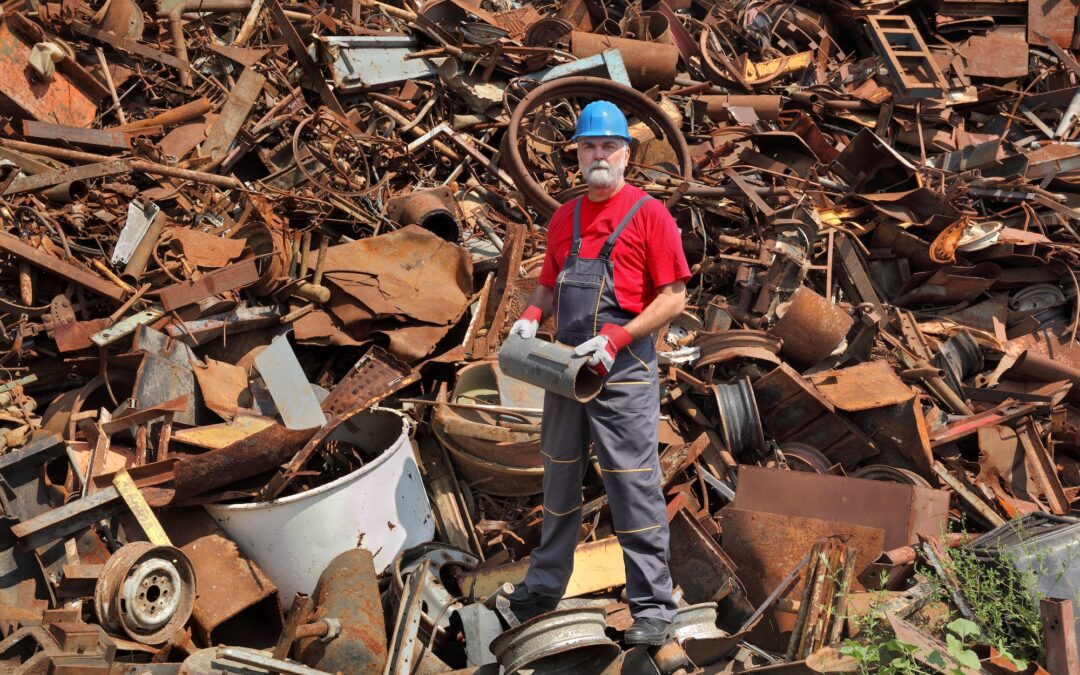Every year thousands of workers sustain serious head injuries. The Bureau of Labor Statistics reports that most of these workers were not wearing head protection. A hard hat is not just “another piece of PPE” that your boss requires you to wear while on the job. The hard hat is an essential piece of Personal Protective Equipment used by workers in many industries, and should be worn and treated with care. To determine which type of hard hat would be most suitable for workers at your facility, assess the work environment and the location of potential hazards. Protecting workers from potential head injuries is a primary objective of the safety program.
Discussion Points:
• The hard hat is an essential piece of PPE
• What type of hard hat should I wear?
• ANSI Classifications and ratings for hard hats
• Accessories for hard hats
• Training, inspections, and maintenance of hard hats
Discussion:
Hard hats are ANSI rated and designed to protect from falling objects, impacts, and other hazards. They are made of durable High-Density Polyethylene, fiberglass, or aluminum, and come in various colors. White hats are reserved for managers, supervisors, foremen, and engineers, red hats are worn by firefighters, orange hats are worn by lifting operatives and signalers, and green hats are worn by safety inspectors and new workers to indicate they are on a probationary period. Blue, yellow, and brown hard hats are worn by workers in different fields with the blue hats for electricians, carpenters, and other technical operators, yellow hats for laborers and operators of heavy machinery, and brown hats for welders and other high-heat jobs. Grey hats are to be worn by site visitors.
In North America, ANSI standard Z89.1 classifies hard hats according to two types and three classes: Type 1 are constructed to shield workers from objects and blows that come from above, they cushion from impact to the top of the head, and have a full-brim, not less than 11⁄4 inches wide. Type 2 are constructed to protect against lateral impact, and are brimless. The three classes of hard hats are categorized according to the ANSI standard insulation rating: Class E are utility service industry hats, designed to reduce exposure to high voltage conductors up to 20,000 volts. Class G hats are the most common type for use in industry for impact hazards and provide protection against electrical conductors up to 2,200 volts. Class C are conductive hats, have no electrical rating, and are designed to provide protection from impact blows to the head. The type and class of the hard hat is indicated on the manufacturer’s label inside the shell of the hat and must have the ANSI Z89.1 designation. The label also provides information concerning the expiration date of the hard hat. Some Hard Hat Safety Tips: There are several features and accessories for hard hats, depending on the environment and task. These include liners, sweatbands, face shields, goggles, and ear protection that can be added for warmth, cooling, and additional protection. Do not wear or place any item under the hat that will affect the suspension system. The suspension system inside the shell is designed to help absorb and dissipate impact, while keeping clearance between the head and the shell. The employee must be trained to use the hard hat correctly, maintain it, and inspect the shell and suspension before each use and several times throughout the day. Damage can occur without notice and compromise protection.
Hairline cracks that you cannot see will affect its integrity. Proper maintenance is important to prolong the life of the hard hat, and like any other type of PPE, hard hats become worn or damaged over time and must be replaced. Do not wear the hard hat backwards. Never alter, puncture, modify, or engrave the shell or suspension of a hard hat. Do not paint or decorate with stickers. Pressure sensitive, non-metallic stickers or tape with self-adhesive backing are acceptable as long as they meet general or manufacturer’s guidelines, company policies, and OSHA regulations and guidelines, and do not cover up damage. Clean with a mild detergent and warm water, and do not use harsh chemicals or solvent.
When you see signs that state: “Danger – Hard Hat Area”, wear your hard hat! it may save your life.
As always, stay safe out there!


Recent Comments